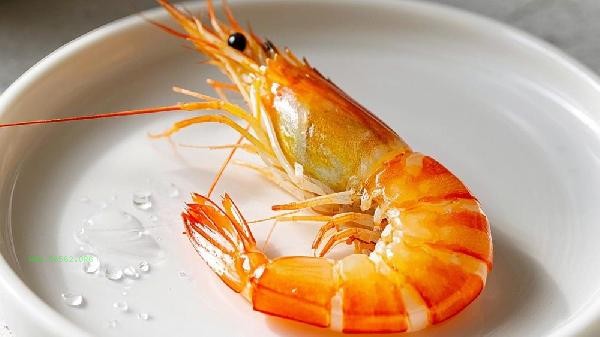Shrimp and crab can be eaten together, and their combination will not cause food conflicts. Shrimp meat is rich in high-quality protein, vitamin A, and zinc, while crab meat is rich in unsaturated fatty acids and calcium. Eating it together in moderation can help complement nutrients. Attention should be paid to seafood allergy sufferers who should consume with caution, and gout patients should control their intake. Shrimp and crab are both high protein and low-fat seafood ingredients, and from a nutritional perspective, there are no compatibility taboos. The abundant taurine in shrimp meat, when combined with chitin in crab meat, can actually promote mineral absorption. Both contain relatively complete essential amino acids, and consuming them together can improve the bioavailability of protein. When cooking, it is recommended to use steaming to preserve nutrients and avoid consuming large amounts of beer to reduce purine intake. Some people may experience cross allergic reactions when consuming

due to the similarity of allergenic proteins between shrimp and crab. The cholesterol content of shellfish seafood is relatively high, and it is recommended that cardiovascular disease patients consume no more than 200 grams per week. Shrimp heads and crab roe are prone to accumulating heavy metals, and pregnant women and children should reduce their consumption of these parts. Stop eating immediately if there is skin itching or gastrointestinal discomfort after consumption.

It is recommended to pair shrimp and crab with ginger vinegar juice to aid digestion in daily consumption. Before cooking, it is necessary to thoroughly clean and remove internal organs. When selecting fresh shrimp and crabs, observe the integrity of the shell and the concentration of fishy odor. Frozen seafood should be fully decomposed and cooked after freezing. During the acute attack of gout, fasting is recommended, and the weekly intake during the remission period should be controlled within 100 grams. If you have a history of seafood allergies, you can first test the reaction with a small dose when trying to mix for the first time.









Comments (0)
Leave a Comment
No comments yet
Be the first to share your thoughts!